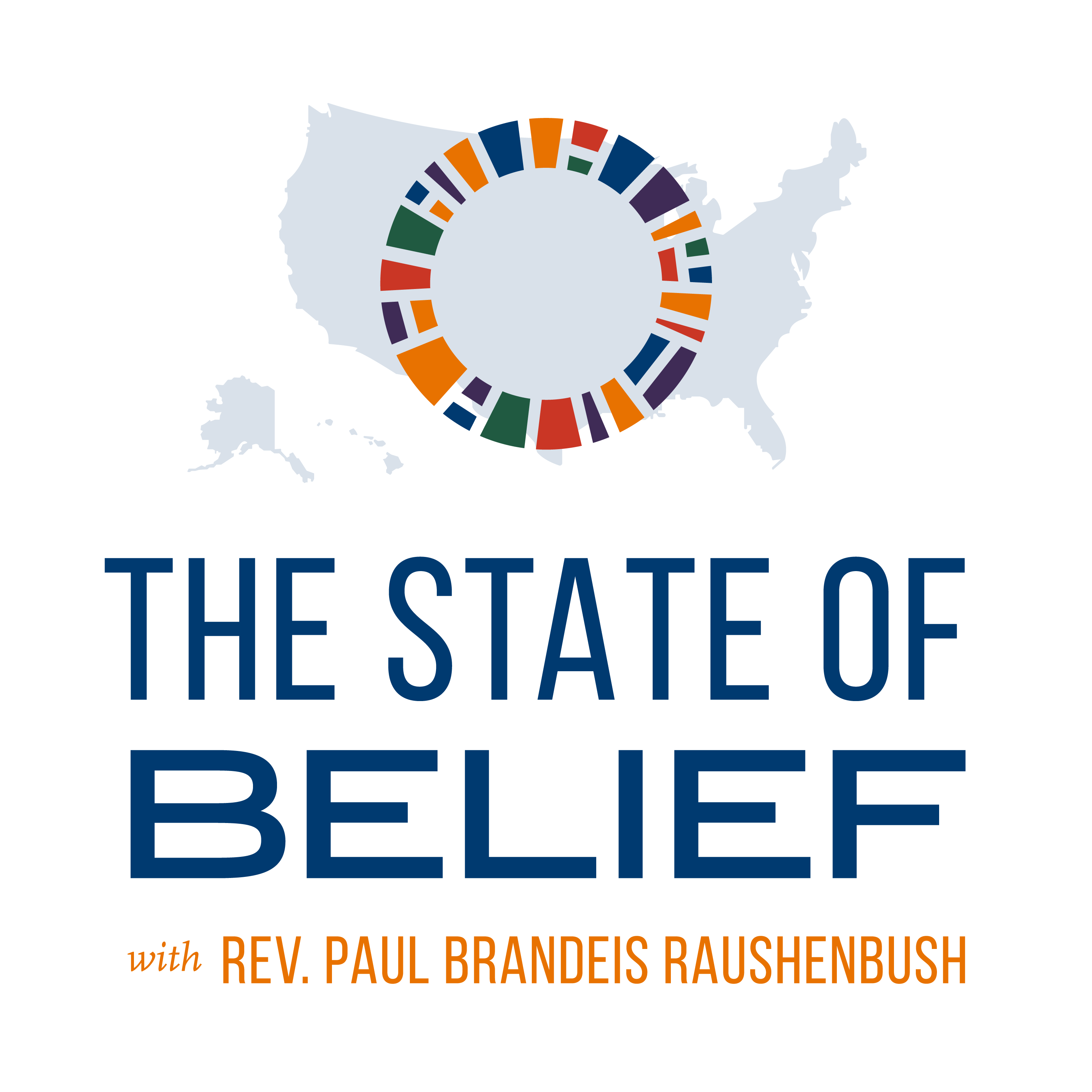I woke up early on a very hot Saturday morning this past weekend and ventured to the Capitol Building’s lawn to hear the Dalai Lama speak. I’ll admit, I did not go because of some spiritual calling but really just to hear what he had to say and be able to tell my friends I saw him. I arrived early to get good seats so, in the hour or so that I had before the event was scheduled to start, I decided to try and learn what I could about the Dalai Lama. As I was feverishly researching on my IPhone I came across stories about his decision last March to step down as political leader of Tibet in accordance with his belief in separation of church and state. The Tibetan spiritual leader told American legislators, “The religious institution, the leader of the religious, and the political leadership, should be separate.” This historic transfer of power was not universally popular among Tibetan Buddhists, but when I learned about it, I gained a new level of respect for the man who was about to take the stage.
After a few opening acts, including Skylar Grey, Tibetan performers, and Whoopi Goldberg, the 14th Dalai Lama made his way through the outskirts of the crowd and onto the stage. At first he stood, but quickly sat, explaining his preference for informality, and delivered his speech (which he called a conversation) from a sofa on stage. The focus of the talk was creating peace with an emphasis on finding peace within one’s self. He emphasized the importance of optimism, emotional health, and inner beauty. He then took questions that were sent to him read by emcee Whoopi Goldberg. His talk was incredibly inclusive and refrained from proselytizing in the least. His messages of peace through self-reflection and positivity were universally appealing and while I often feel out of place listening to faith leaders who do not share my beliefs, his words caused me no discomfort.
I think American political and faith leaders can learn a lot from this man’s actions and words. His forfeit of political power in order to preserve the vital boundary between government and faith is inspirational to any American who values our First Amendment religious freedom. Even though the tradition of the Dalai Lama wielding political power goes back centuries, Tehzin Gyatso, the current Dalai Lama, was able to see the wisdom in strong boundaries. Faith leaders, as well as political leaders who discuss their religion in public, should also take heed of the wonderful way His Holiness the Dalai Lama included everyone and found universal and positive religious teachings for an eclectic audience that ranged from monks to tourist from all over the world. The inclusive rhetoric was a refreshing relief.
I went to see the Dalai Lama because he is a celebrity. With his recognizable face and trademark monk’s outfit, seeing him is like viewing a living landmark, something you have to witness just to say you did. I didn’t think I would come away impacted by his words and actions, but walking back from the Capitol in the throngs of sweaty and excited people I was struck by the immense lessons he has to offer. I am constantly thinking about how we do religion and government in America and, between his dedication to proper boundaries and his inclusive, positive messages, I think the Dalai Lama has a lot to teach us. I’m definitely glad I braved the heat and went to hear him speak.
You can click here to listen to a discussion with Paul Knitter, author of, Without Buddha I Could not be a Christian, including the truth behind common misconceptions about Buddhism. (Please note, this is an extended version of the interview that originally broadcast nationwide.)



